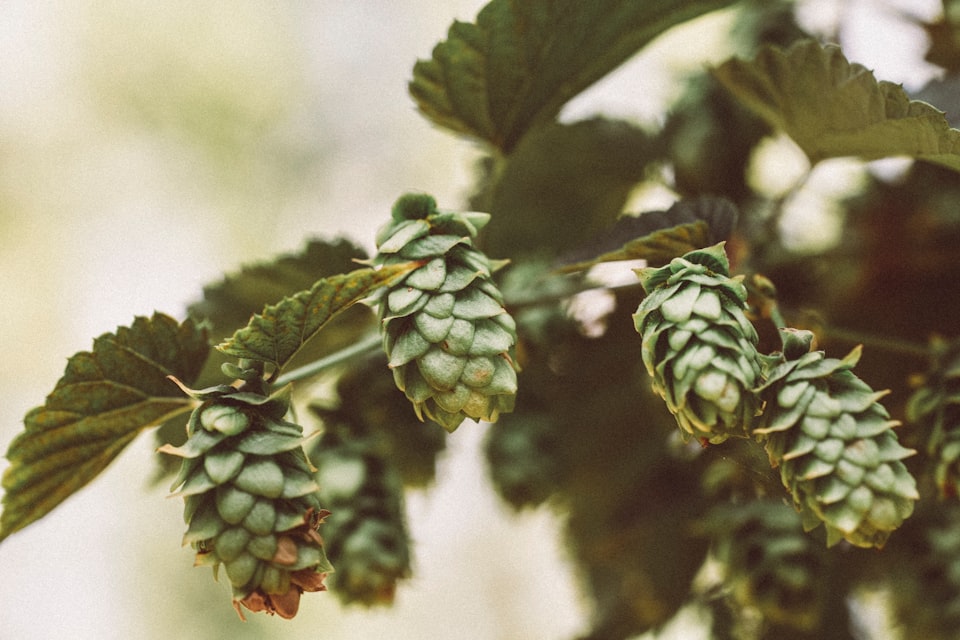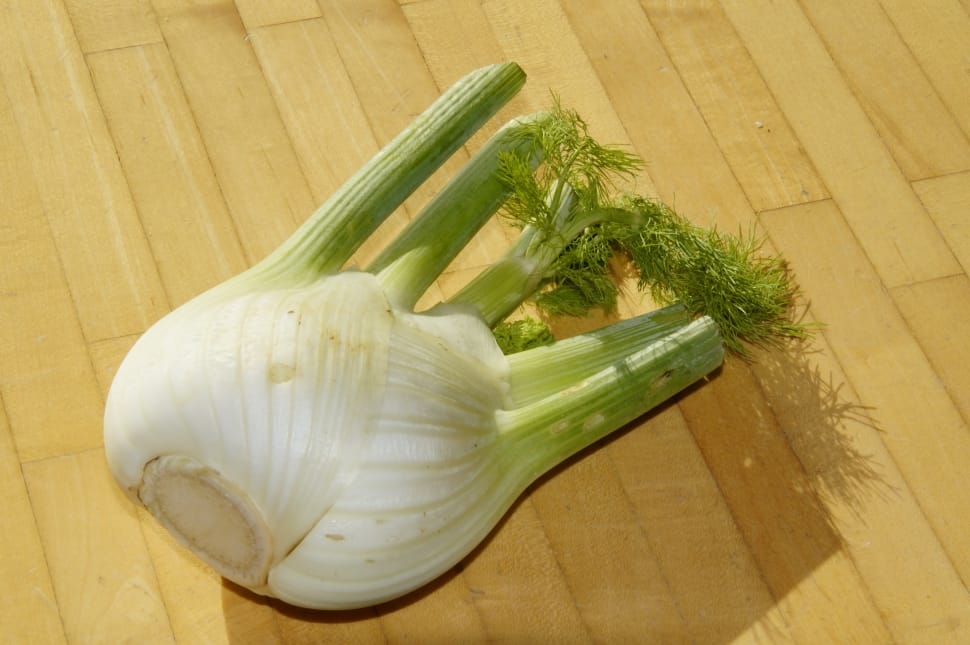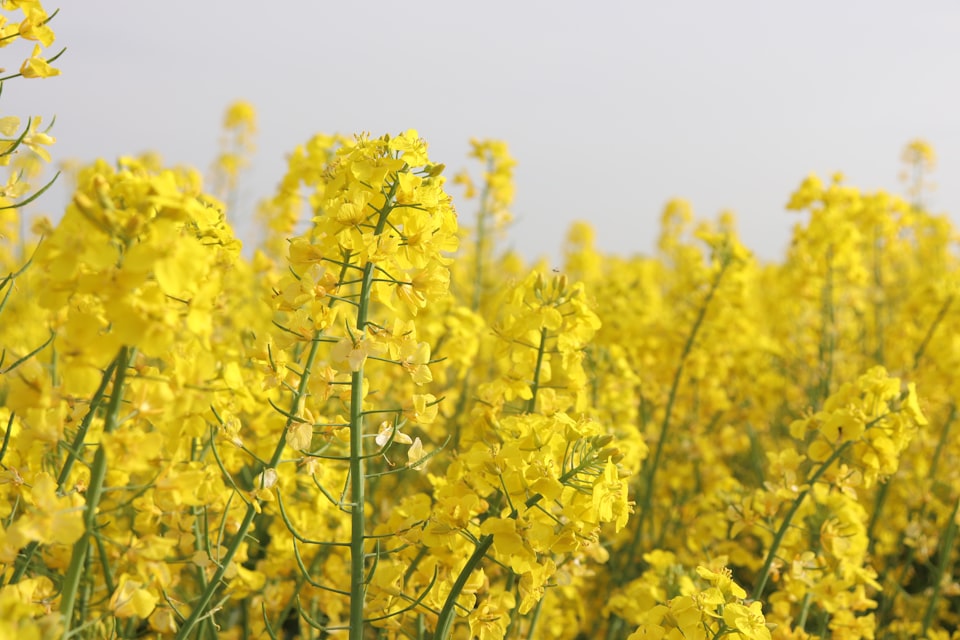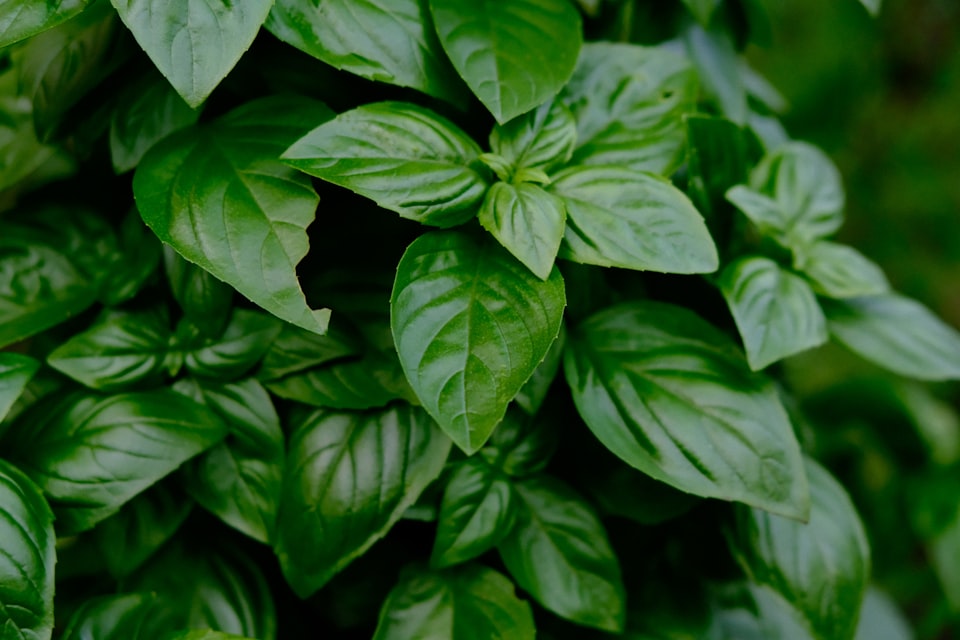VIII: Thyme
How mummies were kept with thyme.

Good morning. Today is octidi, the 28th of Prairial, Year CCXXXI. We celebrate le thym, an herb that goes well with parsley, sage, and rosemary.
💡
One of my favorite things that I've learned while researching this newsletter is that many chemicals that are known for producing a scent are named after the herb that produces them in the most abundance. So it is with thymol (C10H14O, or 2-isopropyl-5-methylphenol), which thyme grows as an insect repellant but we know as that inimitable thyme flavor. That said, it hasn't escaped human notice that thymol will chase the bugs away. It's been used to chase intestinal parasites away, to prevent mites from invading beehives, and even (futilely) to cure the Black Plague through the sheer power of potpourri. In fact, one of the very first recorded uses of thyme was to keep the bugs off us in the afterlife...
Mummification is fascinating. It was a highly religious sacrament for the ancient Egyptians to be sure, reserved only for those of wealth and status, though the occasional animal – we've found a mummified baboon – was entombed in this way. But all that belief was underpinned by some very real, very effective science that the Egyptians had discovered, essentially uncovering a treasure trove of medical knowledge and deploying its full force in the service of keeping the dead, in a sense, alive.



